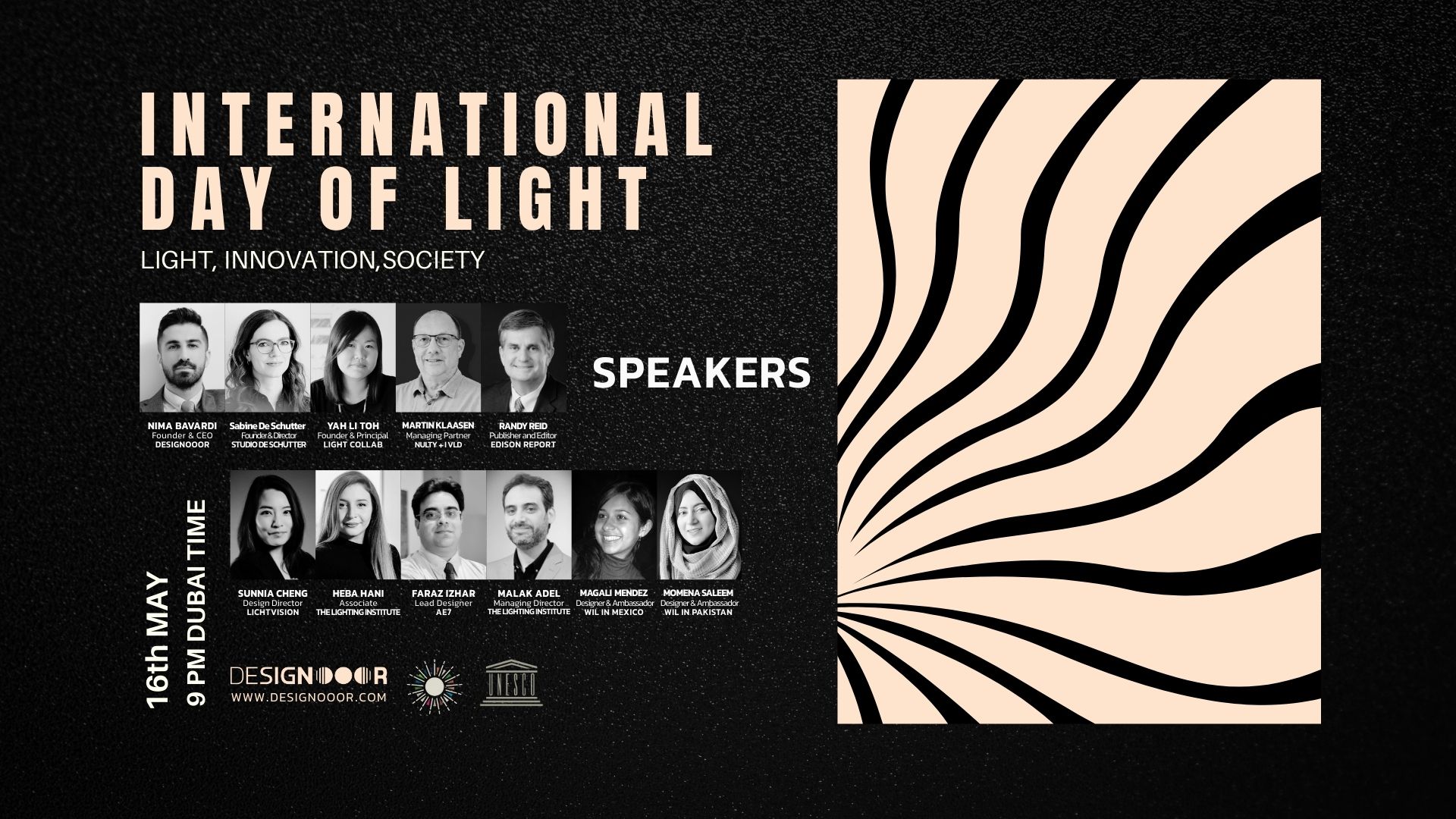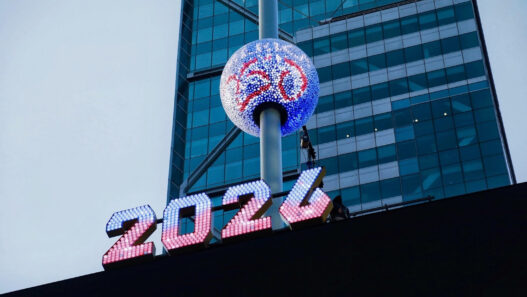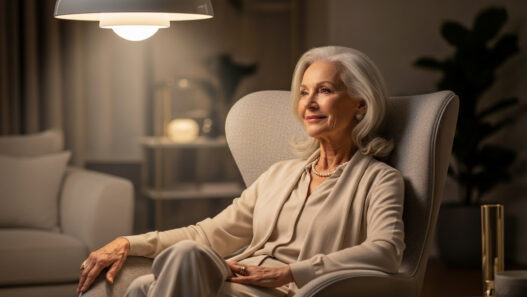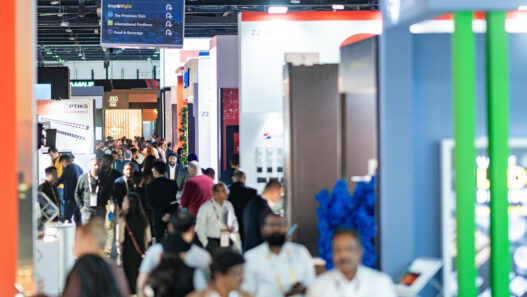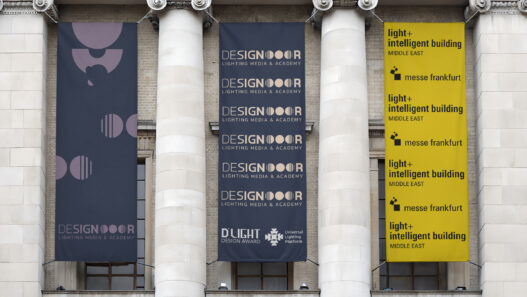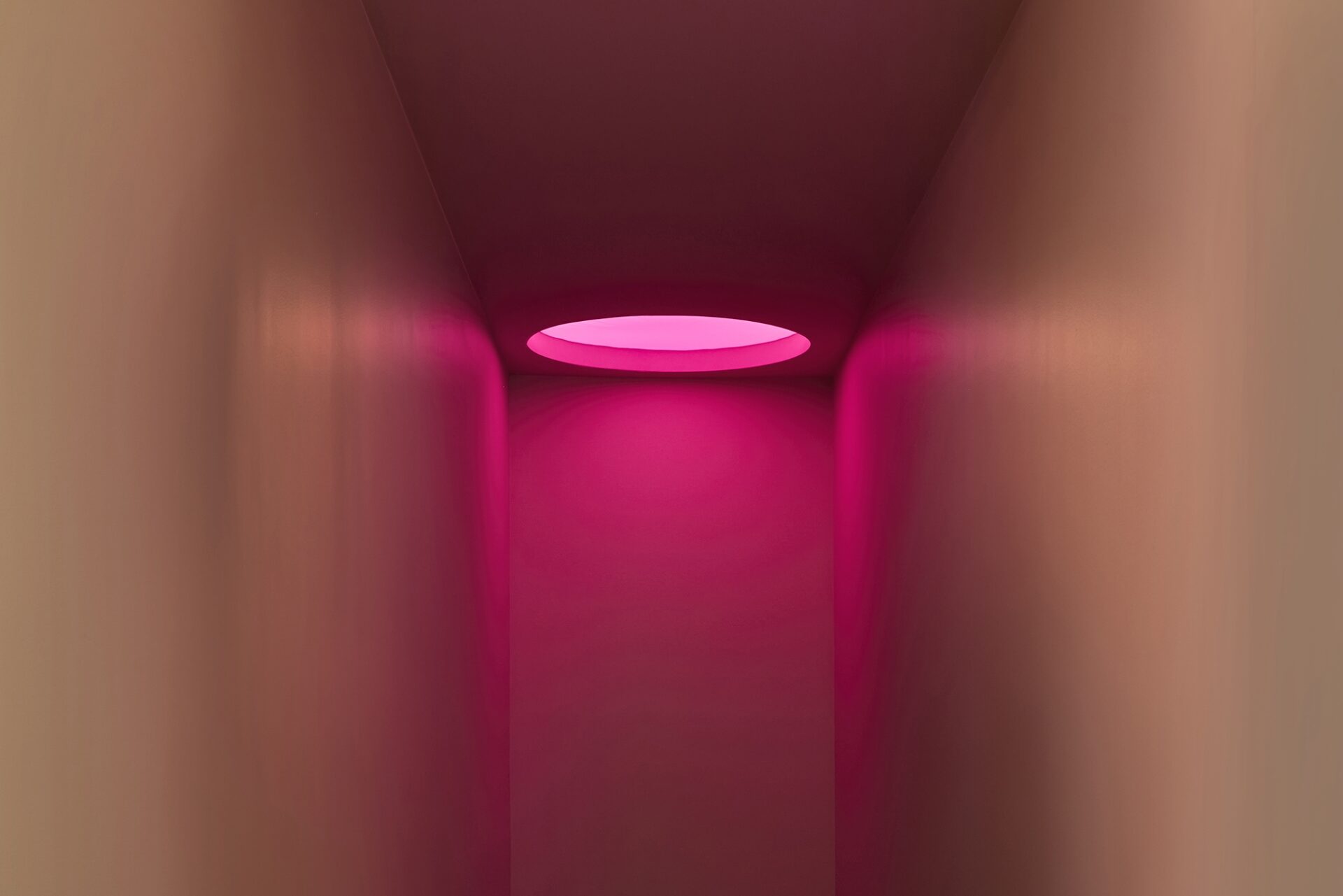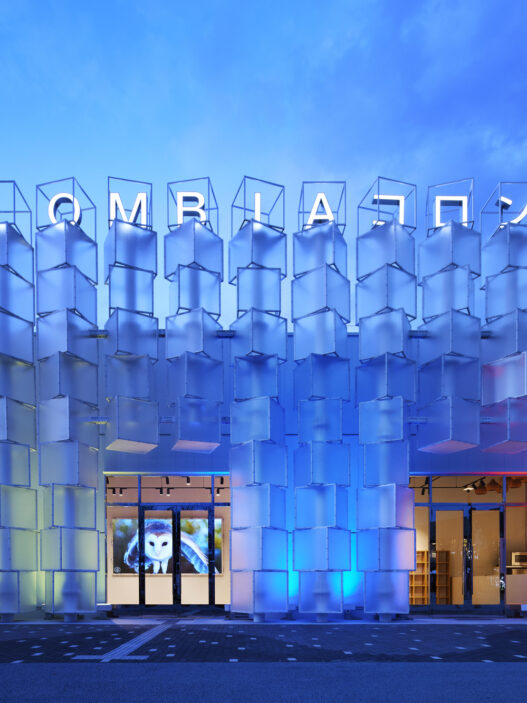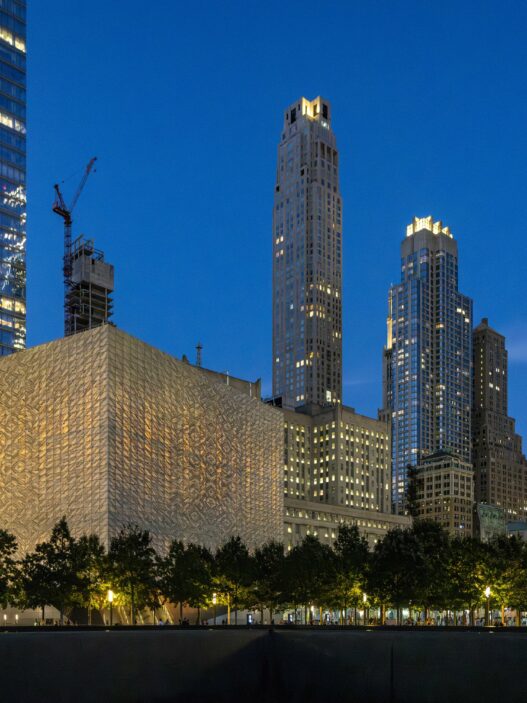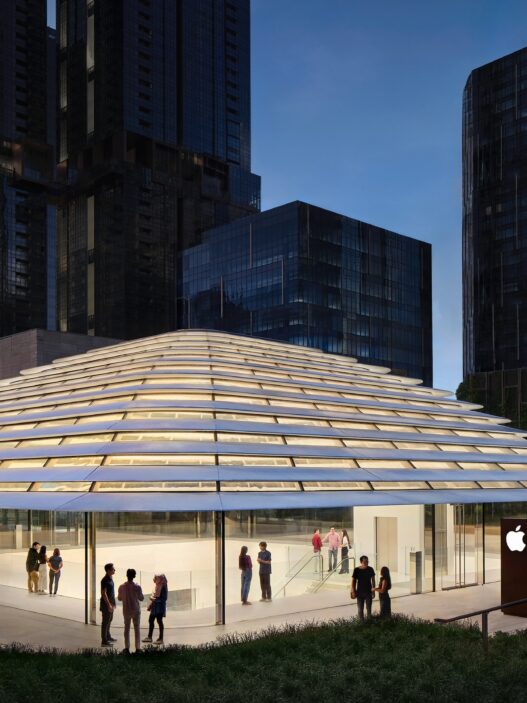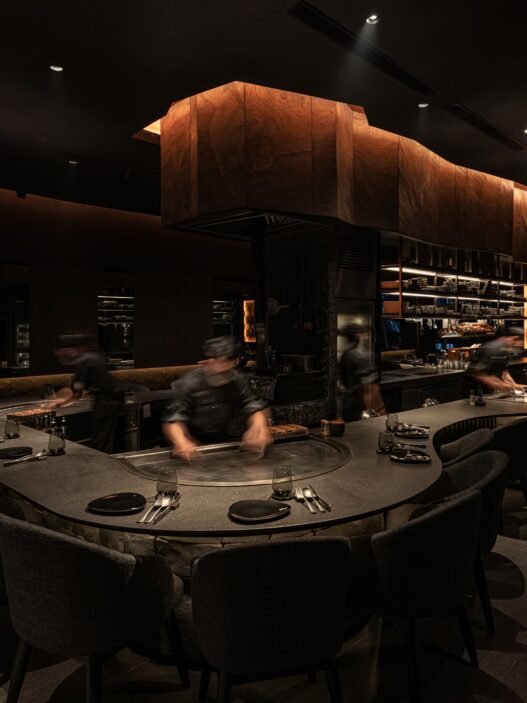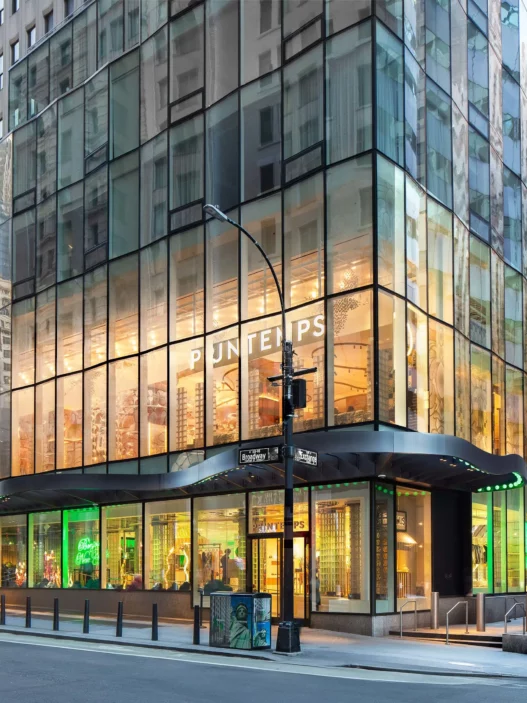My first impression is that the lighting identity of the project is clearly defined: a focused chromatic grammar and two distinct lighting languages that shape one another, the stretched, colour-changing ceiling panel as a visual anchor, and the rows of linear pendants that orchestrate movement and spatial rhythm. The choice of a concentrated pink gradient steers the emotional tone towards inner calm and focus, while the warm presence of the pendants ties the space to a more tactile scale. Together, they form a soft visual performance that invites participation and can shift towards a more social atmosphere during non-training moments. From an aesthetic standpoint, the success lies in the proportion of colour, the control of intensity, and the uniformity of light distribution. The central ceiling panel reads as the primary point of attention, while the indirect pendants soften the overall spatial mood.
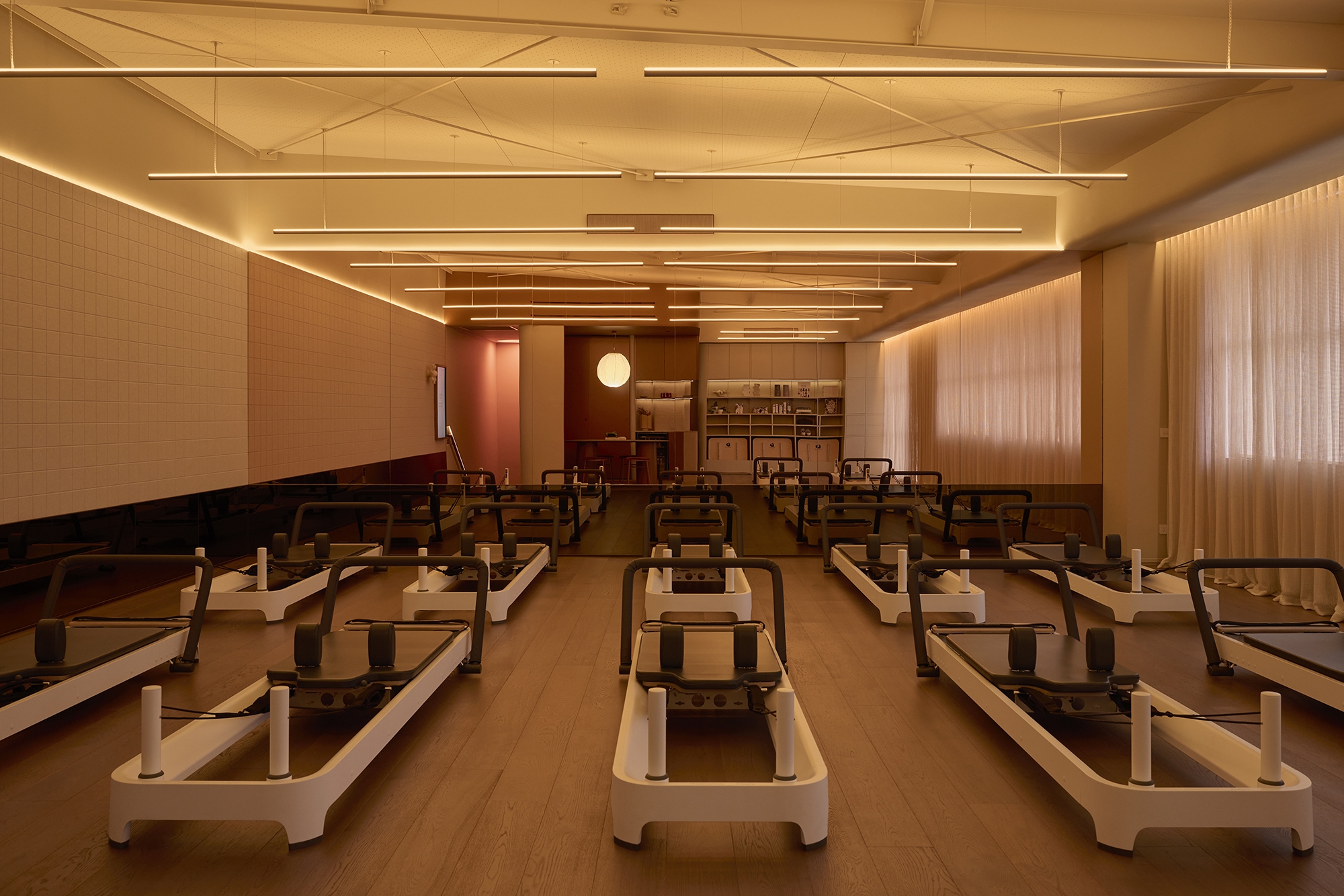
From a functional perspective, the decision to incorporate tunable white lighting scenes for different types of classes shows a clear understanding of varied needs: adequate illumination for safe movement and form recognition, the ability to minimise glare for users looking upward from the machines, and the flexibility to create a distinct mood for social gatherings. The choice of uplighting pendants that bounce light off the ceiling is a logical approach to preventing direct source discomfort for participants. However, full functional success depends on several technical variables: achieving uniform distribution of light across working planes and in front of mirrors to prevent unwanted facial shadows, ensuring high colour rendering for accurate skin tone and muscle definition during training, and using scene controls that transition colour temperature and intensity in a gradual, predictable manner. Attention to practical details such as service access to the stretched panel for cleaning or replacement, and management of mirror reflections, are key factors that will affect the studio’s daily usability.
From a perceptual mechanics and Gestalt standpoint, the combination of longitudinal lines with a circular focal point in the ceiling creates an orderly visual structure that maintains both a sense of extension and a sense of centre. The soft diffusion and gradual fall-off of the gradient reduce harsh contrasts, enhancing the fluidity of movement and inviting visual stillness, a useful quality for breathing and focus-oriented sessions. At the same time, the light must maintain a balance between visual smoothing and preserving enough modelling for the instructor to read anatomical details. Overly flat light risks diminishing the perception of body volume and making muscle definition harder to observe. The mechanical quality of the luminaires, from lumen efficacy and driver behaviour to flicker performance and thermal management, directly shapes the user experience. Selecting fixtures with the right specifications and designing control systems to ensure linear, predictable transitions is essential from a professional standpoint.
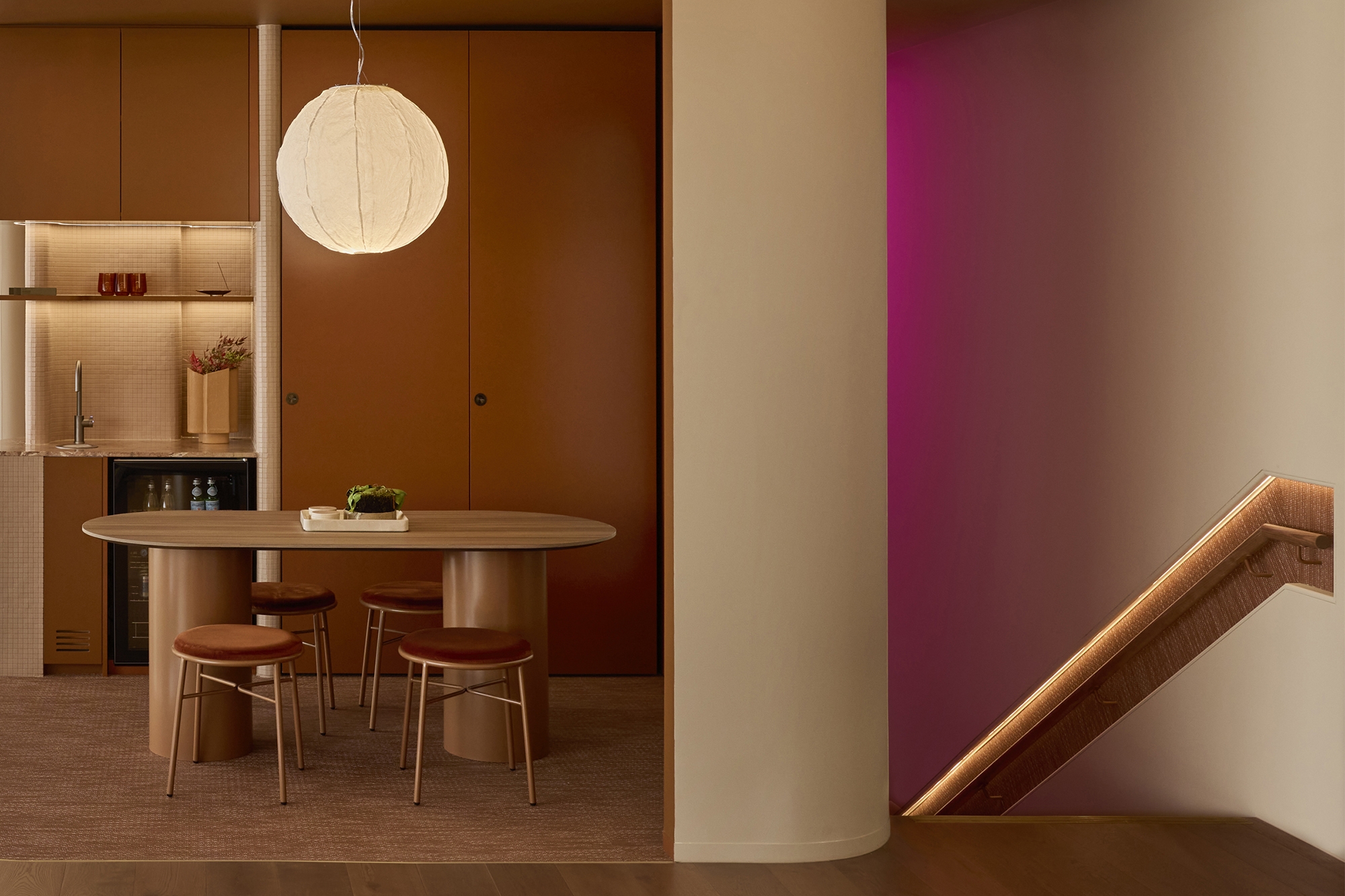
In terms of sustainability and design value, the project’s real merit lies in its ability to merge a clear lighting identity with the practical requirements of operation. Energy use will be determined by the control logic, the efficiency of the light sources, and the way natural light is integrated. The stretched-panel feature can deliver desirable illumination with low energy costs if fitted with efficient LEDs and intelligent controls, provided that the overall light levels are optimised to avoid overlighting. From a product design perspective, if the luminaire components, diffusers, and assembly systems are designed for local manufacture and maintenance, the design value increases significantly. A well-designed product should deliver both identity and atmosphere while ensuring serviceability, durability, and adaptability. My conclusion, as a designer, is that the core concept is commendable, with a clearly defined and effective lighting identity. The technical quality of execution, attention to detail in control systems, and maintenance planning will be decisive in its long-term success. Specific recommendations would include ensuring high CRI for all sources, designing smooth scene transitions, anticipating maintenance access for the ceiling panel, and adding task-specific lighting points for instructors and work areas, so that both the instructional performance and the collective experience reach a stable and satisfying level.
Brand : Ambience
Designers : Sharlene Jayawardena, David Justice, Wendy Bergman
Prize: LIT Lighting Design Award, Dezeen Awards, Casambi Lighting Control Awards, Darc Awards
